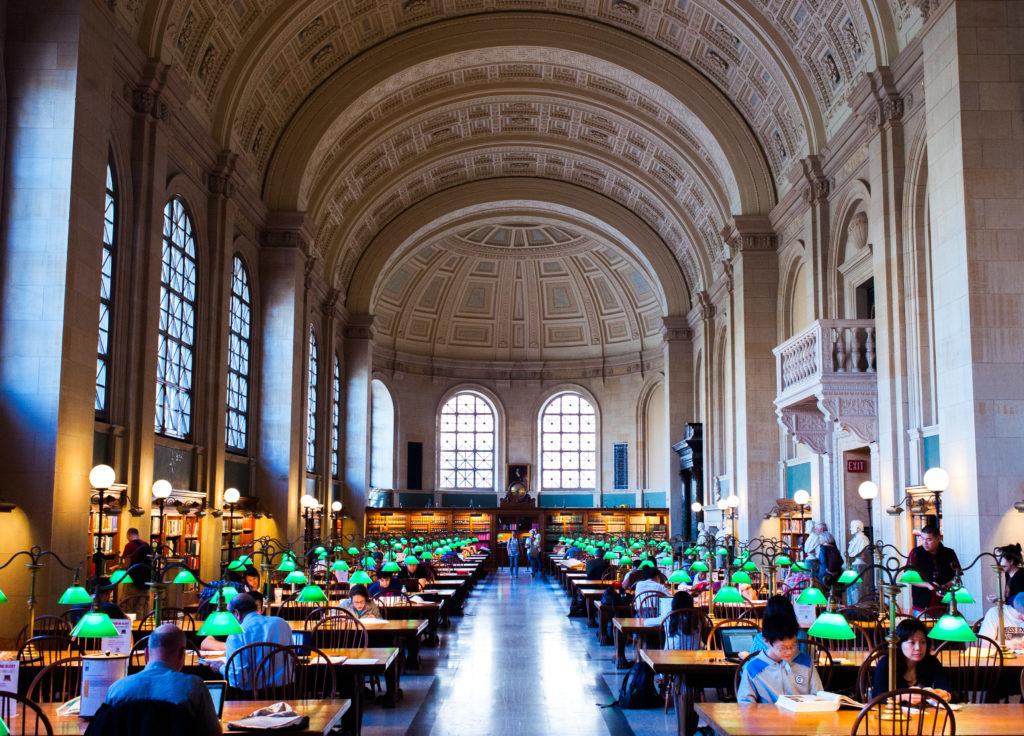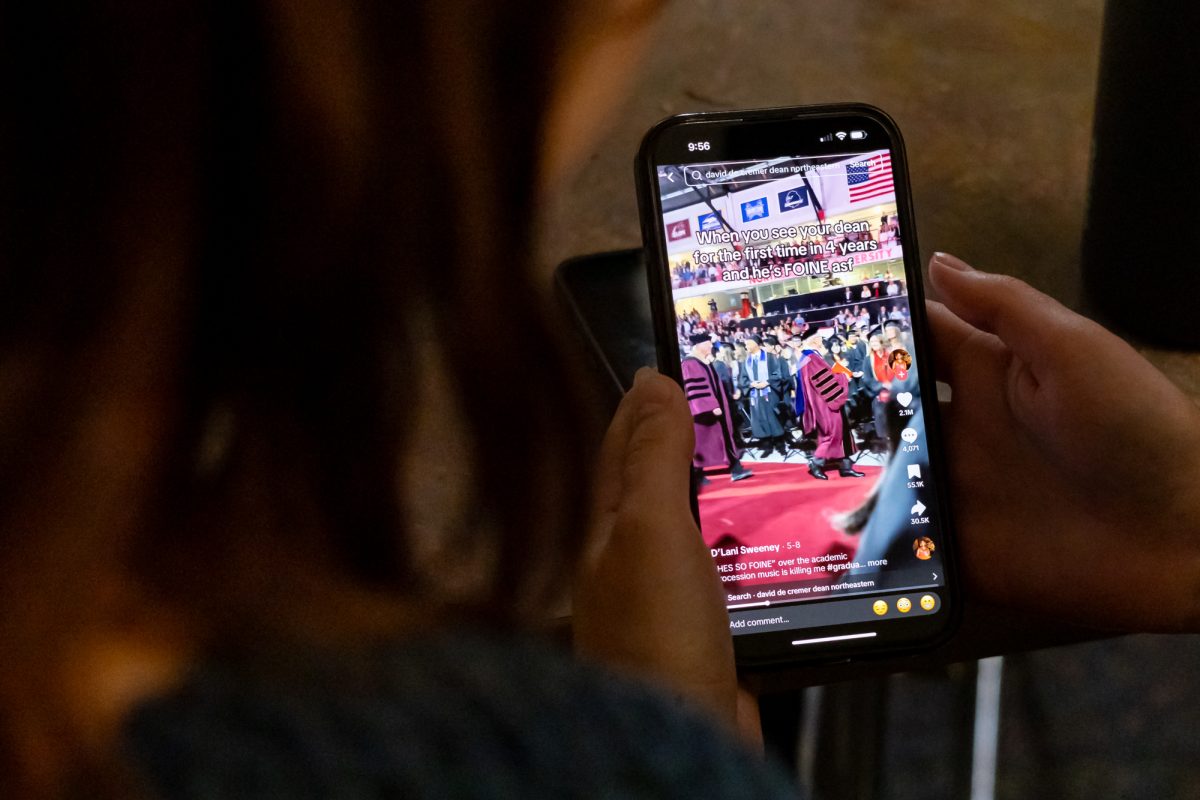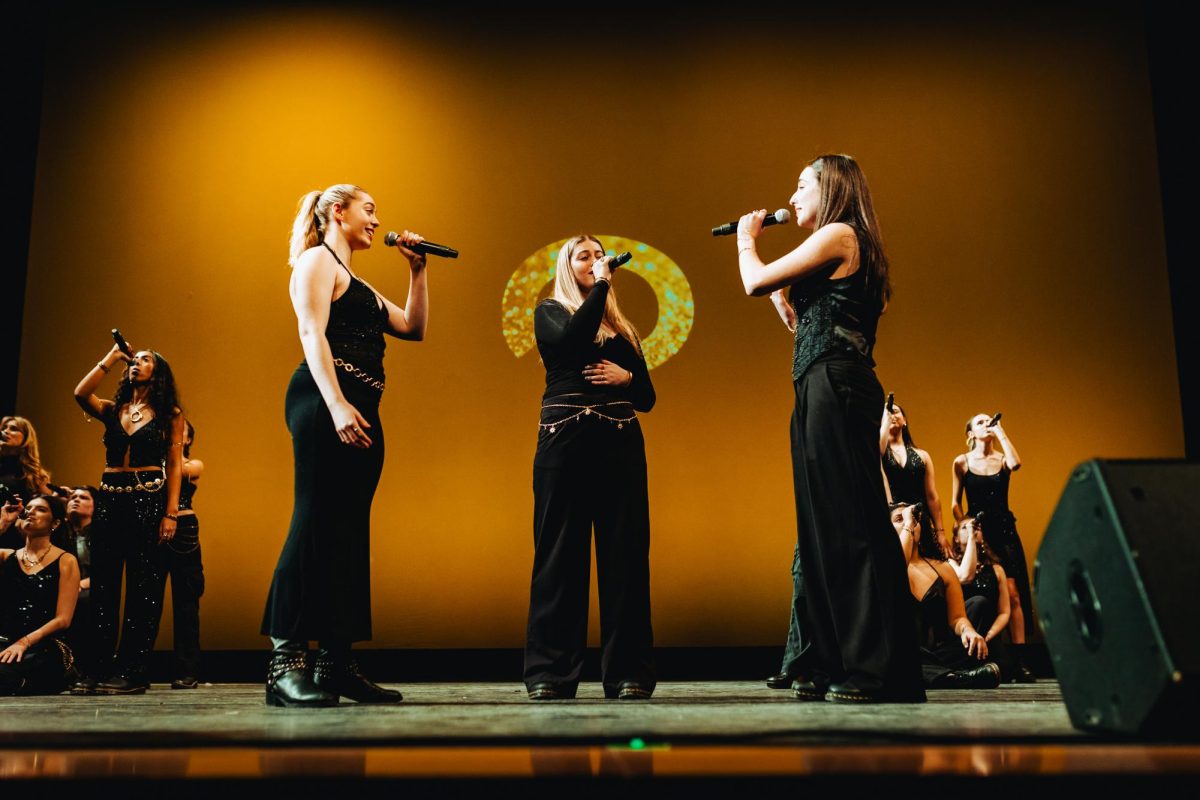By Nana Aisyah, news correspondent
With art schools such as Massachusetts College of Art and Design, Laselle College and Bay State College in the area, Boston’s fashion scene is constantly evolving as students, young graduates and local designers create new trends.
Essence Asamoah, a third-year communication studies major at Northeastern and events coordinator of the Northeastern Fashion & Retail Society, said Boston Fashion Week is an excellent way for designers to display their work and for fashion-conscious people in Boston to get together and acknowledge that interest.
“(Boston Fashion Week is) a good way to highlight local designers. These are still influential people who could possibly get their brands up and coming into the bigger fashion weeks,” Asamoah said. “The more they get to share their work, the better.”
The 23rd Annual Boston Fashion Week aspires to do the same. The weeklong event promises to serve as a platform for local style and an opportunity to celebrate local fashion professionals. Founded in 1995 by Jay Calderin, a fashion designer and author of “Fashion Design Essentials and Form” and “Fit & Fashion,” Boston Fashion Week is a non-profit, local initiative that focuses on cultivating civic pride and celebrating new fashion talent.
The event features runway shows and produces educational lectures, installations, movie screenings, exhibits and gatherings. This helps in building an intimate customer base between the designers and customers and forms relationships between the community and the local style-makers.
“The event doesn’t separate between designer and audience,” Calderin said at a press conference Thursday at the Boston Public Library. “The main point of the event is that anyone can play. The only rule is to play nice,”
In order to provide a fresh mix to the event every year, Calderin reinvents the model of the program every year.
“We treat it as our own little laboratory,” he said. “This twist is important to increase the visibility of the designers, public education and giving them complete access to the designers.”
To mark 2017, Calderin’s goal was to highlight 17 new fashion professionals. However, he found 18 designers who deserved to be celebrated, including Cecile Thieulin, Anthony Gregorio, Afshan Iragorri, Terri Mahn, Charles Neumann and Ruby McAloon, all of whom spoke at the press conference.
Thieulin, the founder of Simone Simon, aspires to design clothes that are comfortable and sustainable. She calls the label timeless, modern and chic, and wants to bring a Parisian style to the Boston streets.
Gregorio, founder of the brand Angelo Igitego, promotes traditional East African textiles in men’s accessories such as bowties, neckties and pocket squares. His company also works to create jobs in Rwanda.
All of the designers have varying visions of fashion design, which is inherently the essence of Boston Fashion Week.
“This mix of diverse designers is what we want to show the public — the fashion diversity in Boston,” Calderin said.
Neumann, the costume designer from the brand The House of Charles Neumann, said his industry participates in Boston Fashion Week because it’s important to see what his fashion looks like to other people.
“It is a learning experience for fashion designers as well. Design is a conversation,” Neumann said. “That helps to see your clothes worn in a different way.”
The speakers agreed that the interactive environment of Boston Fashion Week is an integral part of the program. Neumann said in other fashion weeks, the shows go by in a flash, and the details on the clothes and accessory become blurry. The curated showings of the designers in Boston Fashion Week changed the game by giving a more in-depth look at the collections, and making the audience appreciate the garments and attire more.
“So much of what make people fall in love with our brand is our story,” Gregorio said. “It is important that we engage and connect with people, so face-to-face moments are really important.”









